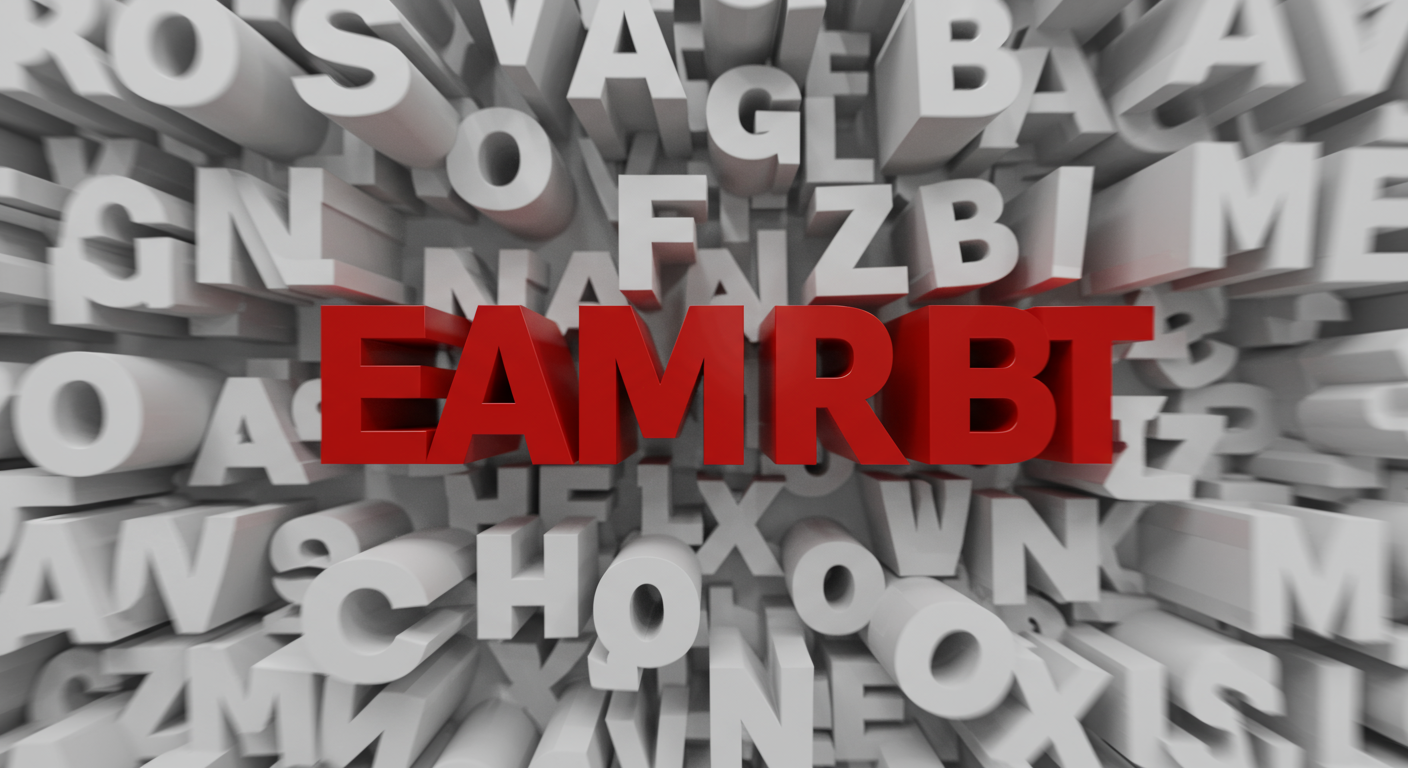
Learning about the home buying and selling process, when you’ve never been exposed to it before, is a bit like trying to get a drink of water from an open fire hydrant it’s completely overwhelming. Real estate professionals toss around lingo as if you’re expected to know what they mean when, in reality, it sounds like a foreign language.
Have no fear, we’re about to clear up some of the most common words, phrases and processes that you’ll run up against when you buy or sell a home.
Acre: 43,560 square feet, or 4,840 square yards.
Addendum: Any time a change is made in the original purchase contract the party that makes the change must submit an addendum to the other party. Some of the changes that may be made include an extension of the closing date, additional time for inspections or changes in the purchase price to reflect the seller's payment for repairs.
Agency Relationships: The relationship between the real estate consumer and the real estate broker, with an agent acting on his or her behalf. The four types of agency relationships include seller, buyer, dual and designated. Each is defined below. Agents are required to disclose to their clients the type of agency relationship they are creating.
Appraisal: The buyer's lender will have the house appraised by a professional appraiser to determine its current market value. This ensures the lender that it is lending the appropriate amount of money for the home.
Buyer Agency: The real estate broker represents the buyer exclusively and owes fiduciary duties to only the buyer.
Certificate of title: This document ensures that the seller legally owns the property being sold and that no other party has claims against it.
Closing Disclosure: See HUD-1, below.
CMA (Comparative Market Analysis): A CMA is the determination of the home's value by a real estate agent and is used to determine a fair asking price. It is similar to the appraisal but does not take the place of it.
Contingency: When certain conditions must be met before the buyer is locked into the contract the buyer's agent will insert these conditions into the contract. Common contingencies include those for the sale of the buyer's home, the successful procurement of financing at certain terms and inspections.
Contingency Release: When the contingency requirements are met, both parties to the transaction will be asked to sign a contingency release form to acknowledge that fact.
Counteroffer: If you are not in agreement with the price or terms of the buyer's offer we'll file a form known as a counteroffer, eliminating or changing the parts of the offer to which you don't agree.
Designated Agency: Similar to dual agency except that one of the broker’s agents represents the seller and another of his or her agents represents the buyer.
Disclosures: Full disclosure is the seller's most important duty. Not only is it required by law, but it protects you as well as the seller.
Dual Agency: A situation in which the real estate brokerage’s agent represents both the buyer and the seller. This is illegal in some parts of the country.
Earnest Money Deposit: When the buyer submits an offer to purchase she will also submit a cashier's check to be set aside as "earnest money." The amount of money varies, but it is generally 1 percent of the purchase price. The deposit is typically held either in the listing broker’s trust account or with the title company until the close of escrow when it will be applied to the purchase of the home.
Escrow: Escrow is a process that ensures the transaction’s funds are distributed and the transfer of the deed is completed. It is overseen by an escrow company, which is a neutral third party.
Escrow Impounds: Escrow impounds include prepaid taxes and insurance. The impounded funds provide insurance to the lender that taxes and insurance payments will be made. The lender can request no more than two months payments.
Final Walk-Through: The buyer’s opportunity to tour the home one last time to ensure that all required repairs were completed and that no damage occurred when the sellers moved out of the home.
Good Faith Estimate: See Loan Estimate, below.
HUD-1: Also known as the “settlement statement,” the HUD-1 is an itemized listing of closing costs and final loan terms. In October 2015, this form was replaced by the Closing Disclosure, but you may still hear it referred to as the HUD-1.
Loan Estimate: A form that allows consumers to compare the original loan estimate against the closing statement. You may still hear this form referred to as the Good Faith Estimate, or GFE.
Multiple Listing Service (MLS): A of available homes for sale. Available only to member brokers.
MIP: The Mortgage Insurance Premium charged for FHA-backed loans. See PMI.
PMI: Private Mortgage Insurance is a policy typically required by the lender for borrowers with less than 20 percent of the purchase price as a down payment. It protects the lender if the borrower defaults.
Seller Agency: The real estate broker represents only the seller in a transaction.
Settlement: The closing process is often referred to as “settlement.”
Title Insurance: Insurance policies that protect the lender and the homeowner (two separate policies) against claims against the property that weren’t found during the title search.




